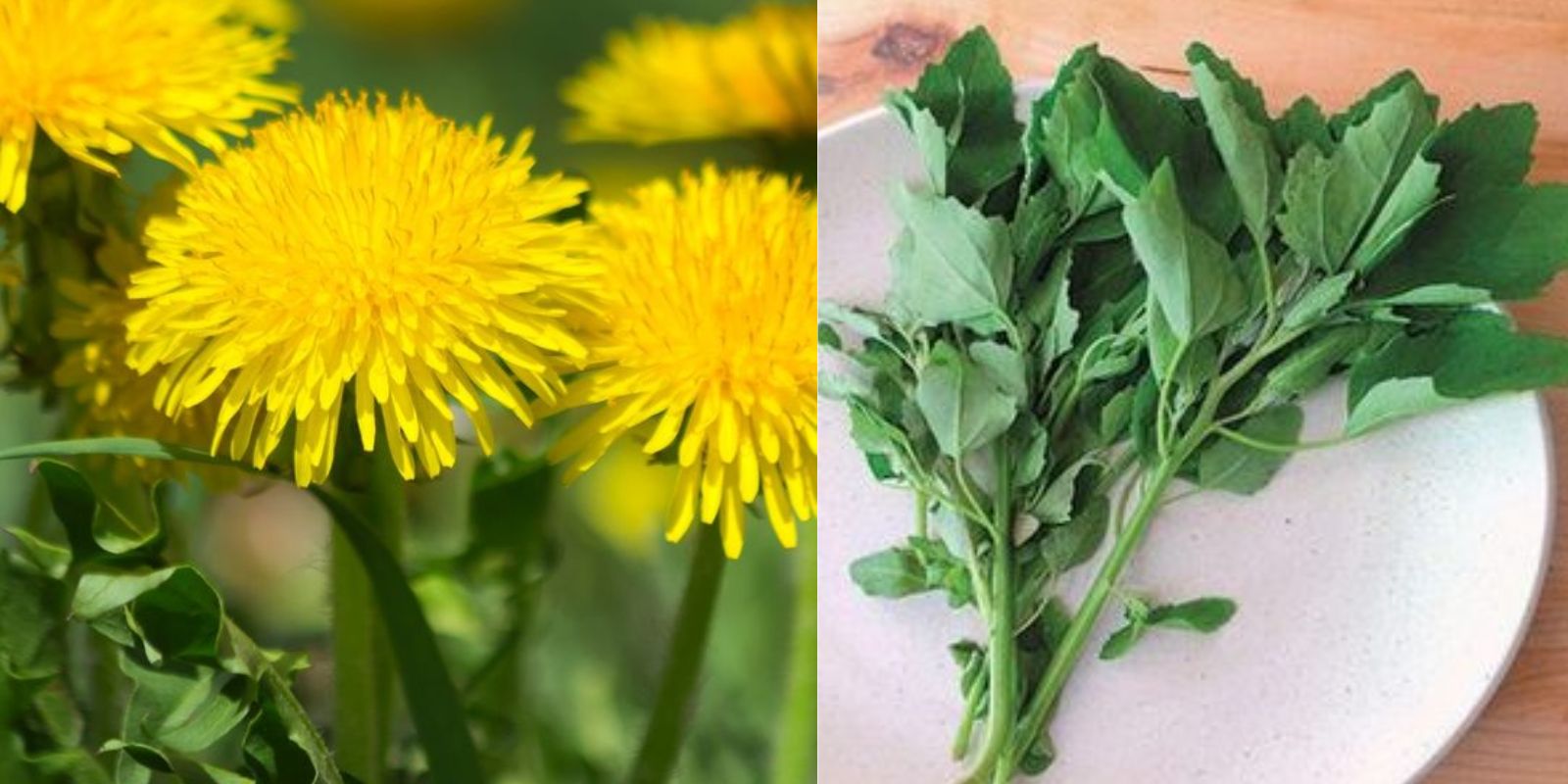Introduction
Across the countryside, a remarkable plant thrives unnoticed by many. This plant, commonly found in rural areas, holds significant untapped potential that could play a crucial role in health and survival. Despite its prevalence, it is often disregarded, missing out on its life-saving capabilities. This article delves into the importance of recognizing and utilizing this plant, offering a comprehensive guide to understanding its benefits and applications.
Identifying the Plant
The first step in harnessing the life-saving potential of this plant is to correctly identify it. Many plants have similar appearances, so precise identification is crucial to avoid confusion with potentially harmful species.
- Look for Key Features: This plant typically has distinct characteristics that set it apart. Observe its leaf shape, flower structure, and growth pattern. For example, it might have broad leaves, unique flower clusters, or a particular growth habit that makes it stand out.
- Local Knowledge: Consult local flora guides or reach out to local herbalists and botanists. They can provide valuable insights into the plant’s identity and its traditional uses.
- Field Guides and Apps: Utilize plant identification guides or smartphone apps that help in recognizing plants based on images and descriptions.
Understanding Its Uses
Once identified, the next step is understanding the potential uses of this plant. Many plants have medicinal properties that have been used for centuries but are not widely known.
- Traditional Uses: Research the historical and traditional uses of the plant. Many cultures have used this plant for various ailments, and traditional knowledge can provide insights into its medicinal properties.
- Scientific Research: Look for scientific studies or research papers that validate the plant’s medicinal properties. This can include its effectiveness in treating specific conditions, its nutritional value, or its potential benefits in emergency situations.
- Consult Experts: Engage with herbalists, botanists, or medical professionals who can provide expert opinions on the plant’s efficacy and safety. They can offer guidance on how to use the plant effectively and safely.
Harvesting the Plant
Harvesting the plant correctly ensures that its medicinal properties are preserved and that the plant remains sustainable for future use.
- Timing: Harvest the plant at the right time. Many plants have specific growing seasons or times when their medicinal properties are at their peak. For example, some plants are more potent when harvested in the spring or summer.
- Method: Use proper harvesting techniques to avoid damaging the plant. This includes using clean tools and handling the plant gently to preserve its quality.
- Sustainability: Practice sustainable harvesting by only taking what you need and leaving enough of the plant to continue growing. This helps ensure that the plant population remains healthy and viable.
Preparing the Plant
After harvesting, the plant needs to be prepared for use. Proper preparation is key to ensuring that the plant’s medicinal properties are effective and safe.
- Cleaning and Drying: Clean the plant thoroughly to remove any dirt or contaminants. Dry it properly to prevent mold and preserve its medicinal properties. This can be done by hanging the plant in a well-ventilated area or using a dehydrator.
- Processing: Depending on its intended use, the plant may need to be processed into a specific form, such as a tea, tincture, or ointment. Follow recommended preparation methods to maximize the plant’s benefits.
- Storage: Store the prepared plant in a cool, dry place away from direct sunlight. Proper storage helps maintain the plant’s potency and effectiveness over time.
Using the Plant Safely
Before using the plant for medicinal purposes, it is essential to ensure its safety and effectiveness.
- Consult Healthcare Professionals: Before using the plant for medical purposes, consult with a healthcare professional to confirm its suitability for your specific needs. This is particularly important if you have underlying health conditions or are taking other medications.
- Dosage and Application: Follow recommended dosages and application methods. Overuse or improper use can lead to adverse effects. Start with small amounts and monitor for any reactions.
- Monitor Effects: Pay attention to how the plant affects your body. If you experience any adverse reactions, discontinue use and consult a healthcare professional.
The Life-Saving Potential
Understanding and utilizing this plant’s life-saving potential can have a profound impact on health and well-being.
- Emergency Situations: In emergency situations, having knowledge of and access to this plant can be invaluable. It might offer relief for injuries, infections, or other health issues when traditional medical resources are unavailable.
- Daily Health: Incorporating the plant into your daily health regimen can provide ongoing benefits. Its medicinal properties may support overall health, boost immunity, or address common ailments.
- Community Impact: Sharing knowledge about the plant with your community can help others benefit from its properties. Workshops, educational sessions, or community gardens can spread awareness and promote its use.
Conclusion
The plant that grows abundantly in our countryside but is often overlooked holds remarkable life-saving potential. By learning to identify, harvest, prepare, and use this plant, you can unlock its benefits and make a significant impact on health and well-being. Embrace the opportunity to explore this botanical treasure, and contribute to a healthier, more informed community. 🌿💚

